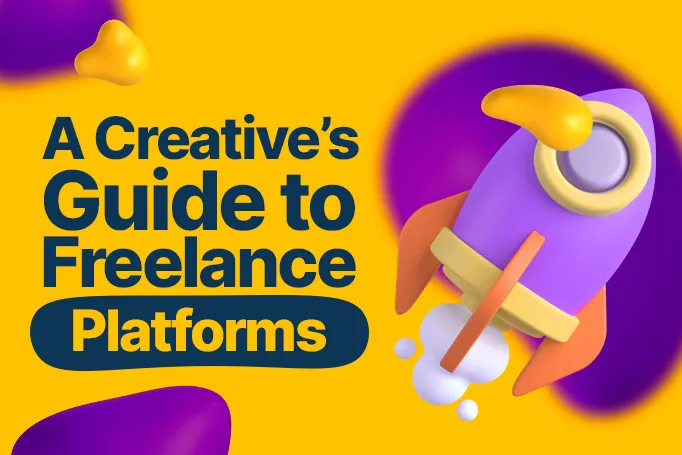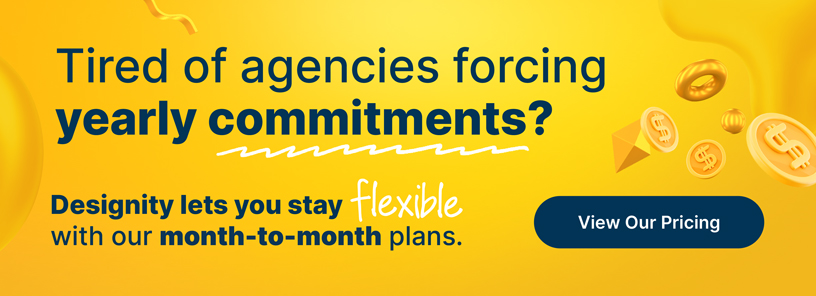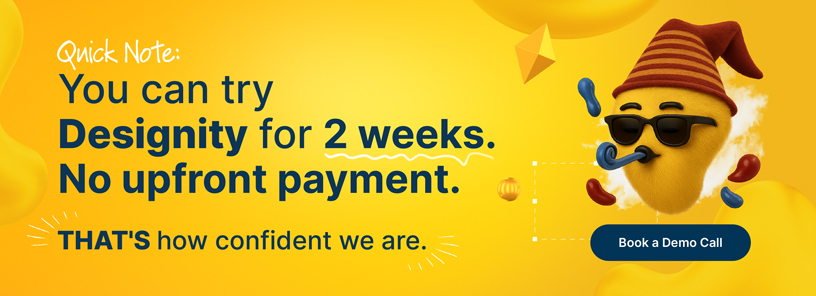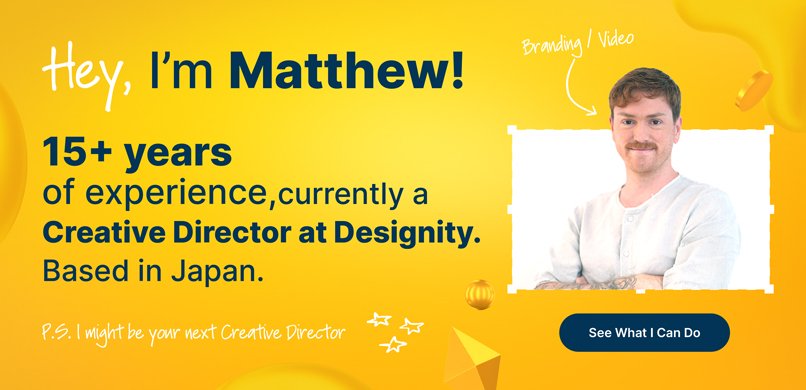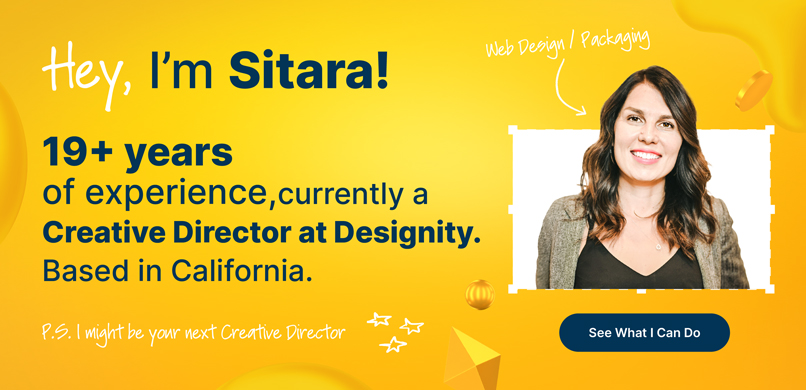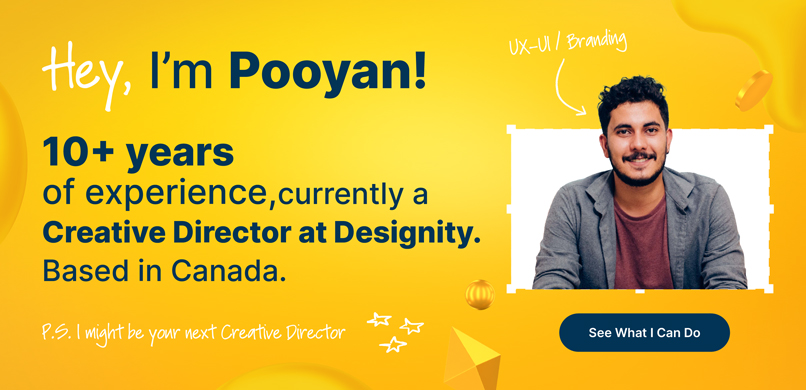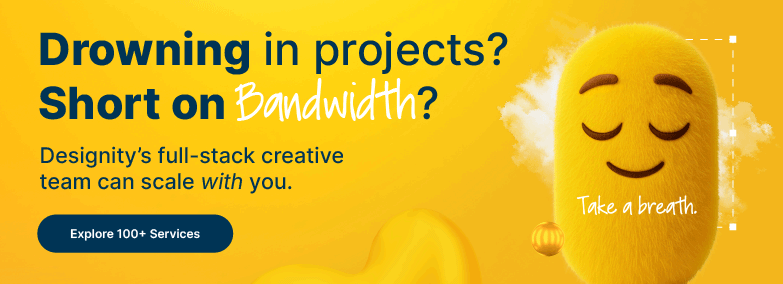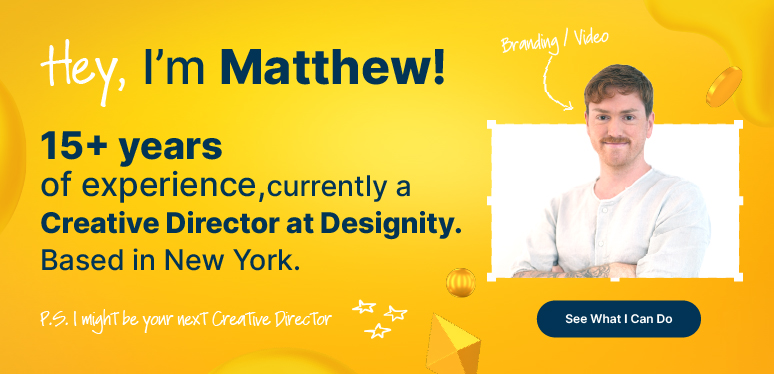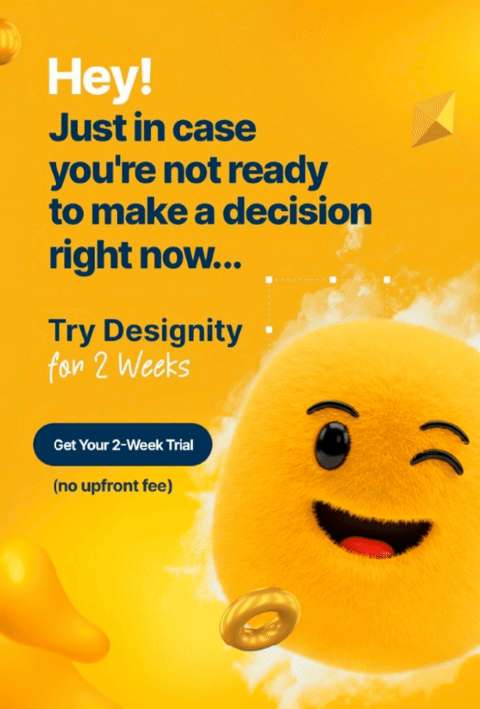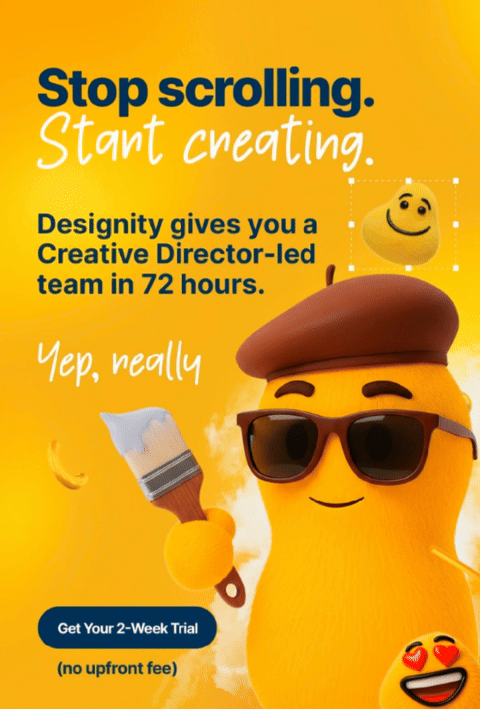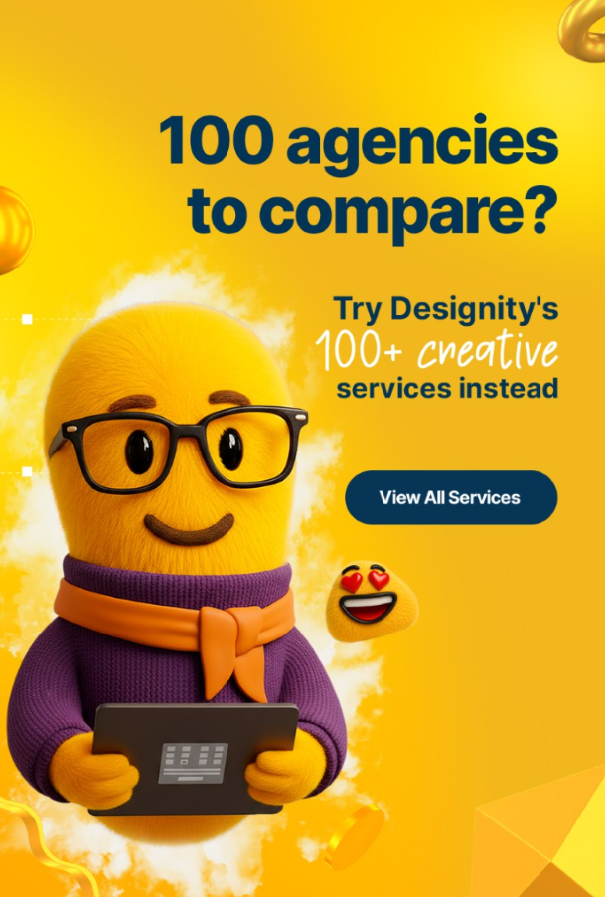In a post-pandemic world where many companies are letting go of their in-house design teams, graphic designers and other creatives have had to get … well, creative about earning a living.
Many creatives have turned to freelance platforms and marketplaces like Toptal, Upwork, and Fiverr for a more structured way to freelance that doesn’t involve hunting down payment from clients, running their own website, or constantly marketing themselves to get work.
It's worked for others, so if you’re a creative looking for a way to get more clients, showcase your talents, and build up an impressive resume, then perhaps freelancing platforms are for you too?
It’s time to find out! Today’s blog is diving into freelance platforms like Toptal, the role they play, and the pros and cons they offer to help you find the right fit for you and start living your best freelancer life!
What are Freelance Platforms?
Freelance platforms are online platforms where independent professionals (freelancers like you) can find work on a variety of projects.
These sites give potential clients a platform and structured environment to post services needed, including writing, graphic design, web development, marketing, and more. They operate mostly in two different ways:
Freelance Platforms — To become a freelancer on a freelance platform, you often go through a vetting process to ensure that you have the skills they need, as well as being able to speak and write fluently in whatever language is required (usually English here in the US).
The administrators on the platform will then meet with potential clients to hear their goals and better understand their needs and then you'll be matched with clients based on your skill set. Clients can either accept or ask for another match but once you are selected, engagement can begin.
Every platform is different, of course, but usually, you’ll work independently with your client and then be compensated by the platform after the project is completed or on a weekly or bi-weekly basis.
Freelance Marketplaces — As a freelancer on a freelance marketplace site, you browse through available jobs that meet your skills and either apply for the ones you want or submit a quote and timeline for your services to the job poster.
If a client chooses you to work on their project, then engagement begins, and you can start collaborating together to complete the projects they’re looking for. Often freelance marketplaces provide a structured payment process and a messaging feature to make communication easier.
Popular Freelance Platforms and Marketplaces
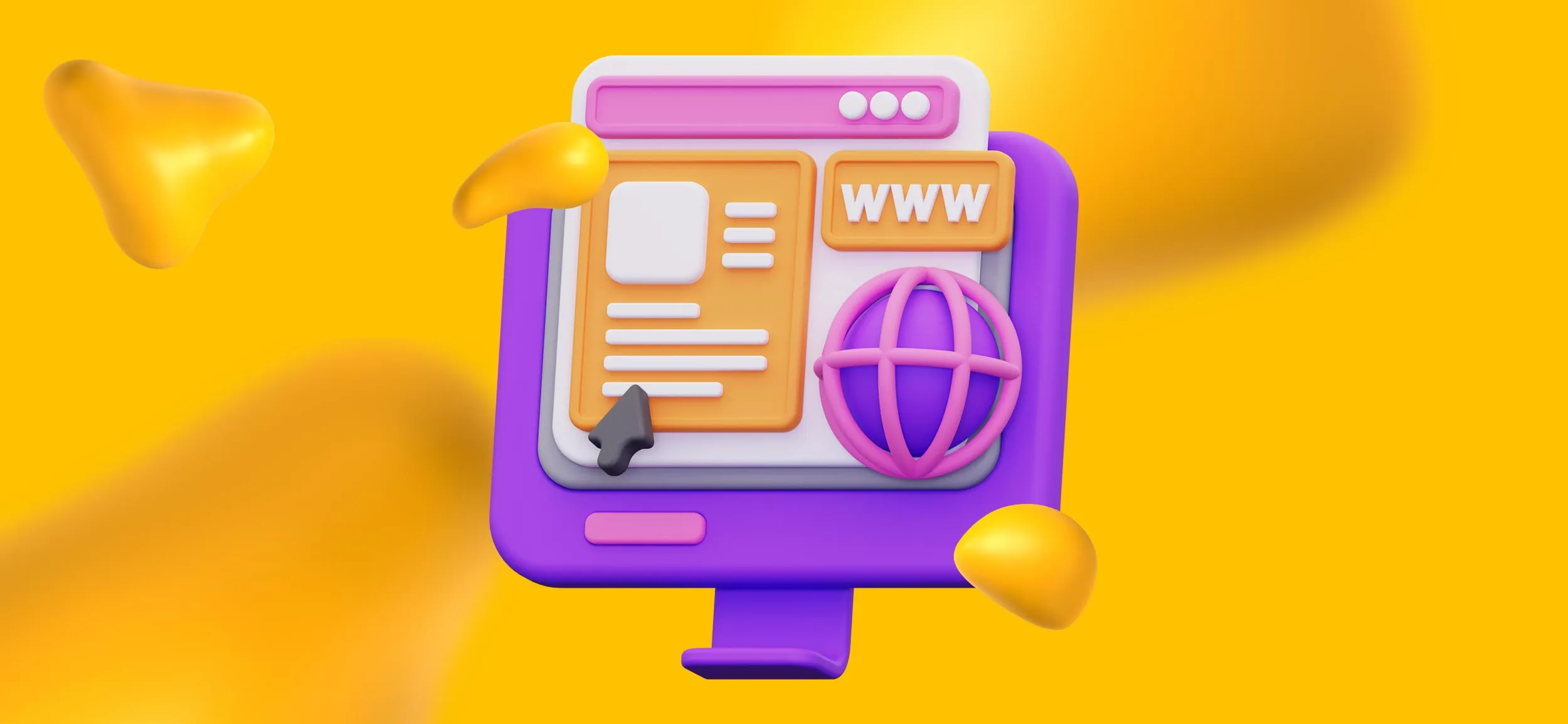
There are many freelance platforms available to freelancers and, if they choose, they can make themselves available on more than one.
Here are the most popular options:
- Toptal — Made up of only the top 3% of their applicants, Toptal focuses on connecting highly skilled professionals with businesses in need of marketing, development, project management, and finance services.
- Fiverr — Offers a wide range of services with a gig-based system, made for creatives at any level of experience.
- 99Designs — Focuses on design work, providing a contest-based system for designers to showcase their talents.
- Upwork — A broad marketplace for freelancers in any field, including creative services, with job postings and direct client proposals.
- MarketerHire — Focuses on marketing professionals, offering opportunities for creatives with digital marketing skills to be matched with clients.
- People Per Hour — A platform for freelancers of any field, including creative services, with an emphasis on hourly or project-based work.
Why Creatives are Choosing to Join Freelance Platforms
There are many reasons why freelancing via networks like Toptal are an ideal choice for many looking for creative career opportunities.
We’ll explore the most popular now:
1. Flexibility
Freelancing is a very flexible way to earn a living, providing creatives with the freedom to take on as many or as little projects as they wish.
You’re also free to work whatever hours you like, depending on what your clients expect from you, with many freelancers happily working nights to have more time for family or school or between other jobs to supplement their income.
Since most of these freelance platforms and marketplaces operate remotely and involve independent work, it also allows creatives to work from wherever they please as well.
Coffee shops? A friend’s house? Your comfy, comfy bed?
It’s up to you, friend. Wherever you have Wi-Fi access can be your office.
2. More Earning Potential
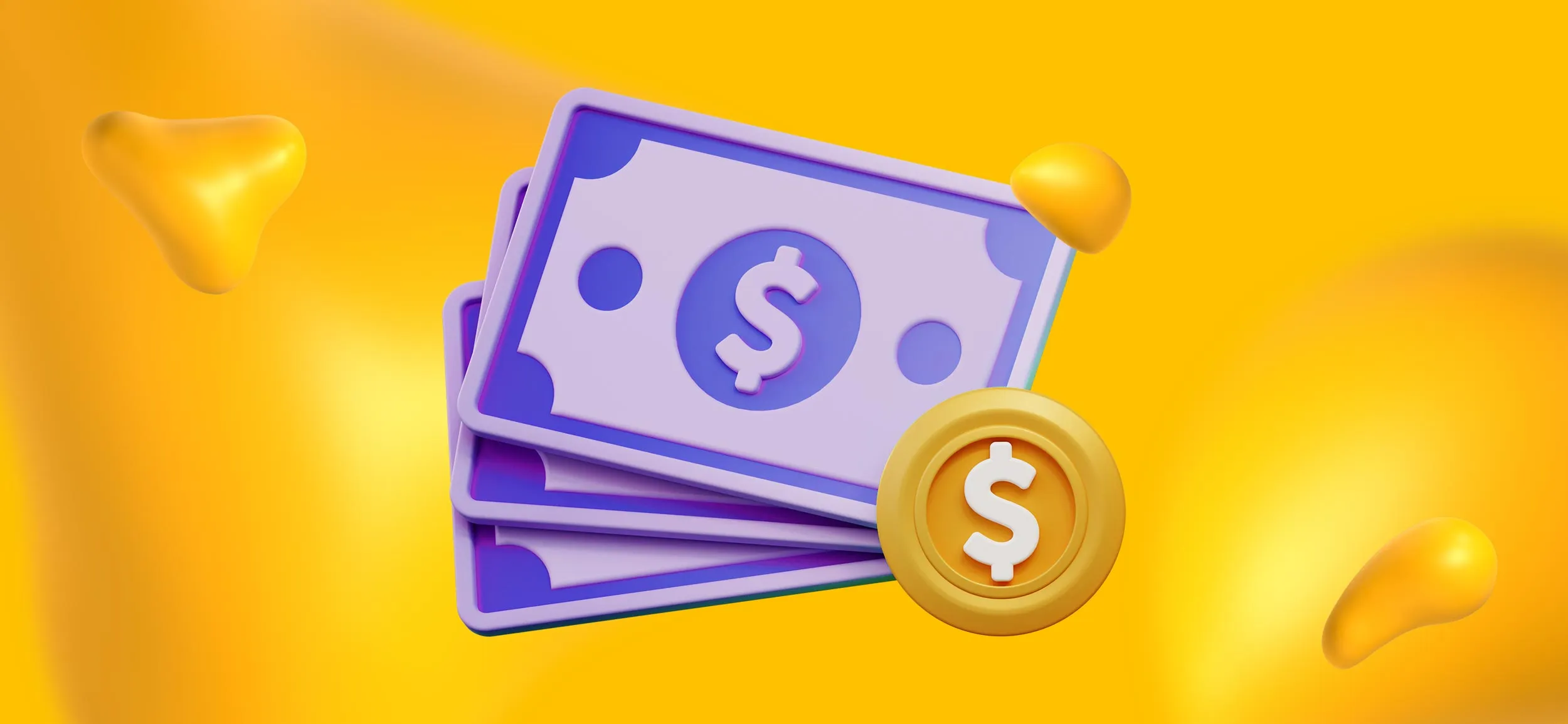
Many freelancing platforms allow freelancers to set their own rates, opening the door to a very lucrative career, especially if your expertise is one that is highly sought after.
You’re also free to take on as many clients as you want, creating several streams of income. That will add up when you pair it with the fact that your remote job saves you tons of money on gas, the overhead of running a studio, and wear and tear on your vehicle.
3. Diverse Projects
Because freelance platforms and marketplaces are global, you’ll also be instantly connected to a huge variety of clients in a huge variety of industries.
This, naturally, means more diverse and interesting projects to work on. This exposure to such a broad range of clients allows you to tackle new challenges, apply your skills in different ways, and keep your workdays fresh and free of boredom!
4. Portfolio Development
Having so many projects is not only great for experience but also useful if your online creative portfolio is looking sparse these days.
Each project you complete adds another layer to your showcase, providing potential clients with better insight into your skills, versatility, and, of course, your amazing creativity.
Keeping your portfolio updated and well-rounded only helps to attract even more clients who are looking for someone with a proven track record and the receipts to back it up!
5. Learning Experience
Diverse projects also mean that you’re continuously adapting and learning new tools, platforms, and technology, as well as exposing yourself to new ideas and ways of thinking.
This keeps your design, editing, or writing skills sharp, forces you to constantly challenge yourself, and makes you an overall better expert in your field to help you advance in your career.
Challenges and Considerations of Freelance Platforms
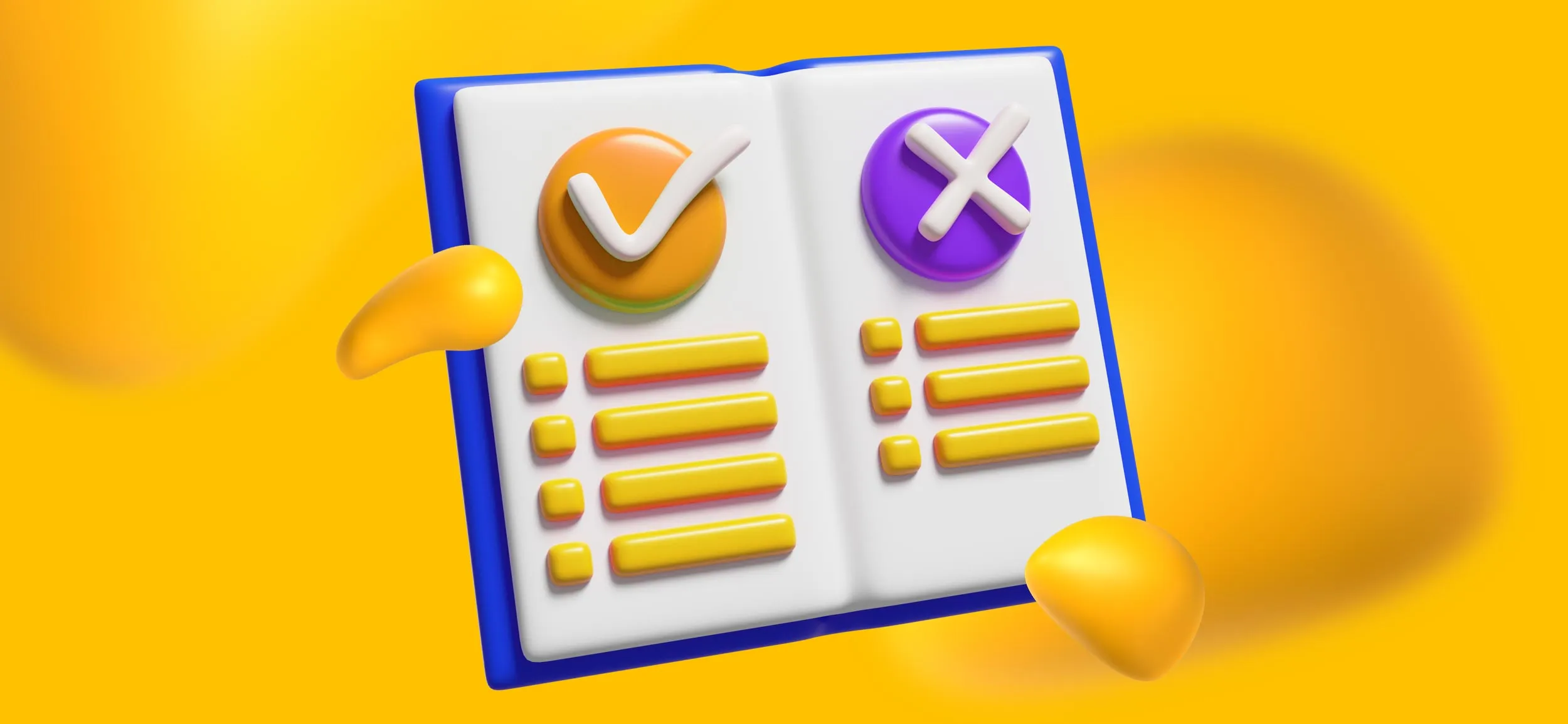
Of course, with all of the pros that come with making your living on a freelance platform, there are also some challenges to consider.
Take a look at the most common complaints below to see if life on a freelance platform or marketplace is the gig that's right for you.
1. Competition Can Be High
In a huge talent pool, you’ll be competing with talented creatives not just in your vicinity but from all over the world.
To stand you, you’ll have to put serious effort into your online portfolio, be diligent about showing off your skills, or be extremely quick about applying to job postings.
2. Income May Vary
Competition may also force you to lower your rates to attract more clients, especially with freelance marketplaces, potentially leading to a “race to the bottom” situation that doesn’t see you getting what you’re worth for your hard work.
Your workload may vary as well, depending on how many clients are needing work, resulting in slow periods of reduced income.
3. No Benefits
Freelancers are, by nature, self-employed contractors.
Because of this, you won’t receive benefits like health insurance, retirement plans, or paid leave.
You’ll also be responsible for making your own tax arrangements as taxes are not taken from 1099 employees’ paychecks.
4. Platform Fees
This doesn’t apply to all freelance platforms, but it does for many.
In order to sustain their operations, many of these marketplaces and platforms take some sort of fees from freelancers, clients, or both.
Here’s a rundown of how some of these fees work:
- Upwork — Freelancers are charged 20% for the first $500 billed with a client, 10% for billings between $500.01–$10,000, and 5% for billings over $10,000.
- Fiverr — Freelancers are charged 20% of each payment earned.
- Toptal — Toptal’s designers for hire are not charged a membership fee but clients are charged a percentage of fee on top of their freelancer’s rates.
- 99Designs — Freelancers are charged a platform fee that varies depending on level within the platform and the type of project received.
- People Per Hour — Freelancers pay a service fee ranging from 3.5% to 20%, which decreases as you earn more from a single client over a 12-month period.
- MarketerHire — Freelancers are not charged to be a part of MarketerHire’s talent pool.
Designity vs. Toptal for Designers and Other Creatives
So, what is the best platform for freelance designers and other creatives?
If you ask us, the best freelance platform isn’t a freelance platform at all; it’s Designity's innovative Creative as a Service model.
Creative as a Service models are quickly becoming the future of marketing and a better way to get paid doing what you love to do.
Designity is one such CaaS platform, offering you a platform where you can collaborate on a wide variety of projects in a structured environment. Unlike traditional freelance and marketplace platforms, where you’re on your own from matching up with a client to project delivery, Designity’s model provides you with a creative community to learn from and bounce ideas off of and a dedicated Creative Director for each of your projects to guide you and handle all client interactions.
<div class="c-blog_comp-cta cc-component-2"><div class="c-blog_comp-cta-left"><div class="c-blog_comp-cta-left-wrap"><img src="https://global-uploads.webflow.com/61cdf3c5e0b8155f19e0105b/63695243d096983691046ac3_Potential-Creative.png" loading="lazy" alt="" class="c-blog_comp-cta-left-img"></div></div><div class="c-blog_comp-cta-right cc-dark"><div class="c-blog_comp-content"><div class="c-text-wrapper cc-mb-32"><div class="c-title-4 cc-bold"><strong>Like to work as a freelancer with consistent income?</strong></div></div><div class="c-text-wrapper"><div class="c-text-2">Designity's collaborative model is designed to give you all of the perks of being a freelancer without the income instability.<br></div></div></div><div class="c-blog_comp-wrapper"><a href="http://designity.com/creatives" target="_blank" class="c-button w-button"><strong>Join Our Creative Community</strong></a></div></div></div>
Benefits of Working at Designity
Convinced yet?
Here are some more benefits you would enjoy as a member of Designity’s esteemed creative community:
- Flexible Work Environment — Work from anywhere, fitting projects around your lifestyle and preferences.
- Diverse Projects — If you’re looking for exclusive design projects, Designity has them! Access a variety of projects across a variety of industries, giving you the opportunity for creative exploration, a chance to grow your skills, and plenty of new and exciting experiences.
- Professional Growth — Designity gives you the opportunity to work with high-profile clients and projects that can enhance your portfolio and reputation as well as a chance for promotion to further your career.
- Supportive Community — Be part of a community of top-tier professionals for networking, collaboration, and mutual support.
- Competitive Compensation — Attractive pay rates meant to reflect your skills and experience.
- Continuous Learning — Designity offers plenty of resources and workshops to help you refine your skills and stay up-to-date with industry trends.
- Project Variety — Enjoy the freedom to take many different kinds of projects that match your expertise and interests!
So, could Designity be the place for you?
We think so!
And if you want a creative career with more freedom, better pay, and the opportunity to do what you love in a structured and supportive environment, then perhaps you’ll think so too.
Why not apply today with our one-of-a-kind application process and see where Designity can take your creative career?
